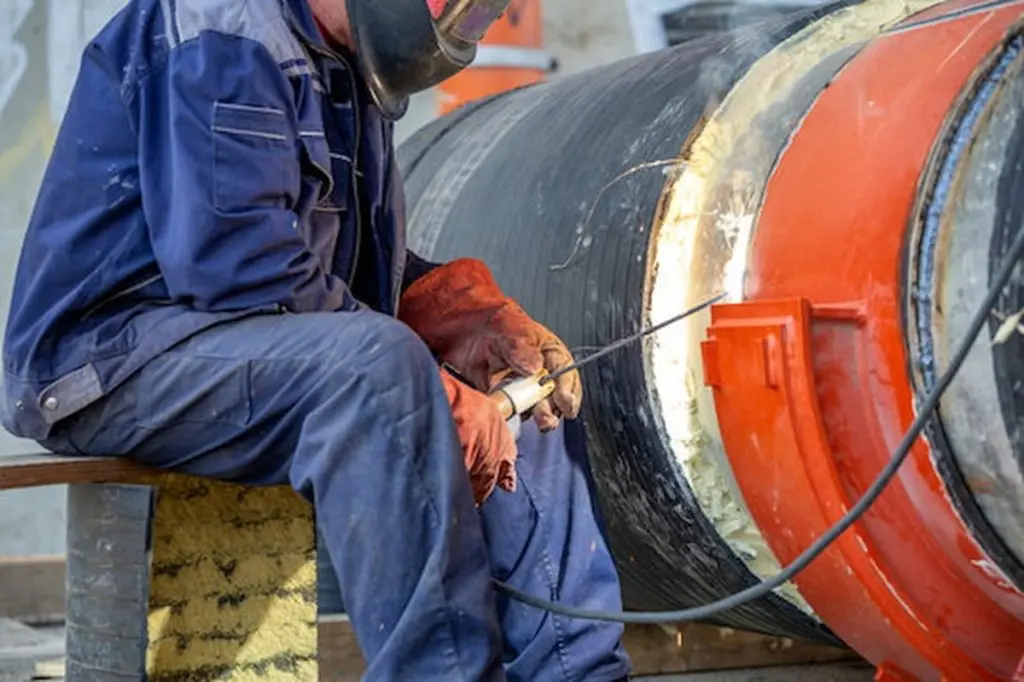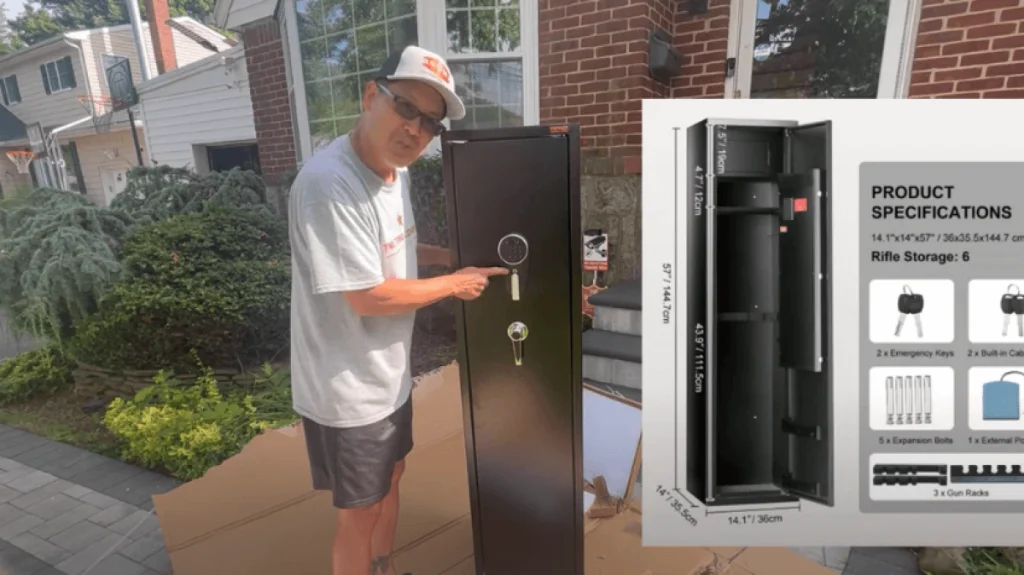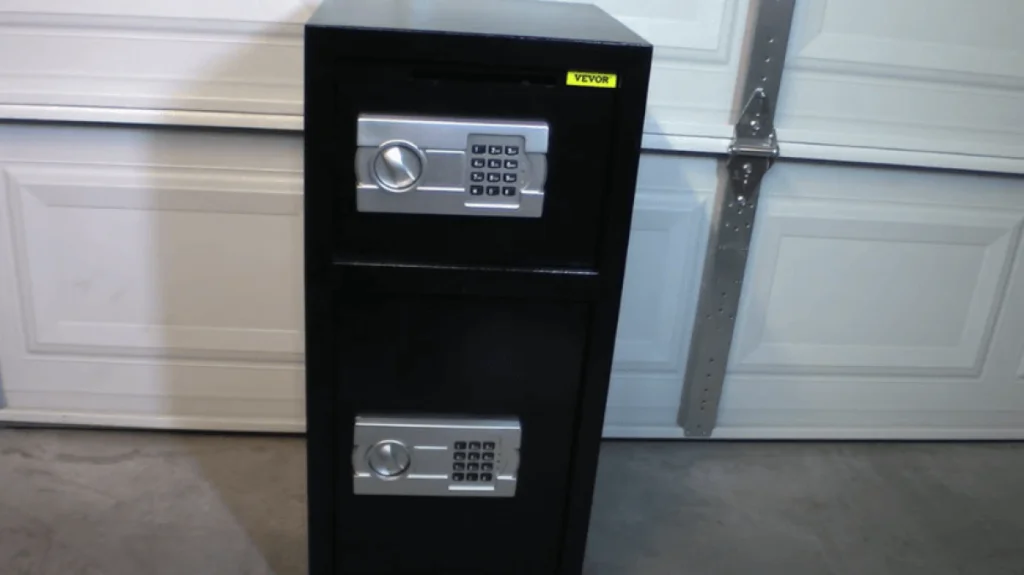Plasma cutting, powered by the intense energy of a plasma cutter, reshapes metal fabrication with unmatched precision. But, with great power comes great responsibility, especially when it involves risks like intense heat and the blinding light of the plasma arc.
The dazzling arc light in plasma cutting isn’t just bright; it’s a source of harmful rays that can put your eyes at risk of severe conditions if left unprotected.
This guide is your essential resource for eye protection in plasma cutting. We explore a variety of gear, from Welding Helmets to Safety Glasses, and address key concerns like Is welding bad for your eyes? and how to choose eye protections? Gear up for safety and confidence in your plasma cutting work.
Table of contents
Why is It Important to Wear Eye Protection for Plasma Cutting?
When it comes to plasma cutting, the phrase “better safe than sorry” couldn’t be more relevant, especially regarding eye safety. Why focus on eye protection plasma cutting? Because plasma cutting, just like welding, exposes you to extreme risks. Arc eye, a common hazard in welding, is also a significant threat in plasma cutting – sometimes even more so.
Plasma cutting is not your average cutting process;
- It’s a method where ionized gas, or plasma, gets super-heated, reaching up to 20,000°C or 36,000°F, to slice through conductive metals.
- This intense heat generates radiation across the electromagnetic spectrum, most prominently from ultraviolet to infrared.
Such high-intensity radiation, particularly the blue light emitted, can irreversibly damage your retinas. This is why “eye protection for plasma cutting” is not just a recommendation; it’s a necessity.
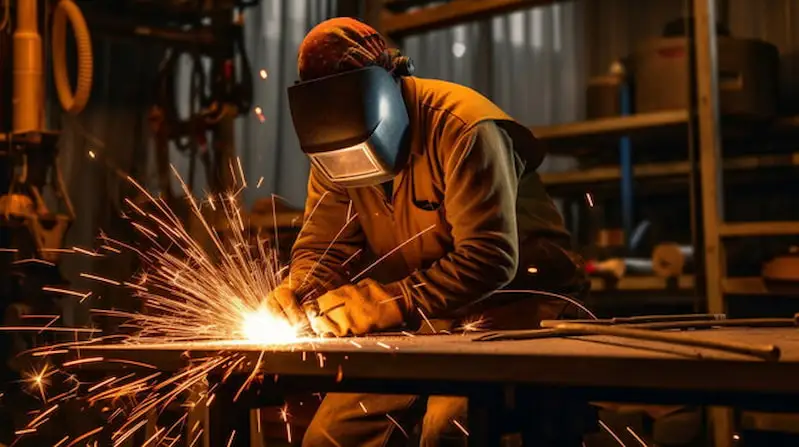
Is Welding Bad for Your Eyes?
Understanding the necessity of eye protection during plasma cutting naturally leads to the question: Is welding bad for your eyes? Welding produces intense light, including ultraviolet (UV) and infrared (IR) radiation, which can cause damage to various parts of the eye. The most immediate threat is “welder’s flash” or “arc eye,” a painful condition where the cornea is inflamed due to exposure to UV radiation. This can happen even after brief exposure to welding arc without adequate eye protection.
Prolonged exposure to UV and IR radiation during welding can lead to more serious eye injuries. Chronic exposure increases the risk of developing cataracts, a condition where the lens of the eye becomes cloudy, leading to impaired vision. Do welders go blind? In severe cases, prolonged exposure without proper eye protection can indeed contribute to a significant loss of vision, lending some truth to the concern that welders may risk blindness.
Another risk is the potential for physical injury from flying debris. Welding often produces sparks and metal fragments that can cause eye injuries if they come into direct contact with the eyes.
To mitigate these risks, welders must use appropriate welding safety equipment. This includes welding helmets with suitable filter shades to protect against UV and IR radiation, and safety glasses with side shields to guard against debris. Additionally, ensuring proper ventilation in the welding area can reduce exposure to harmful fumes and gases that can also affect eye health.

What Type of Eye Protection for Plasma Cutting?
Ensuring your safety during plasma cutting involves choosing the right equipment for eye protection. Each type has its own set of features designed to protect your eyes from the unique hazards of plasma cutting. Let’s explore these options in more detail.
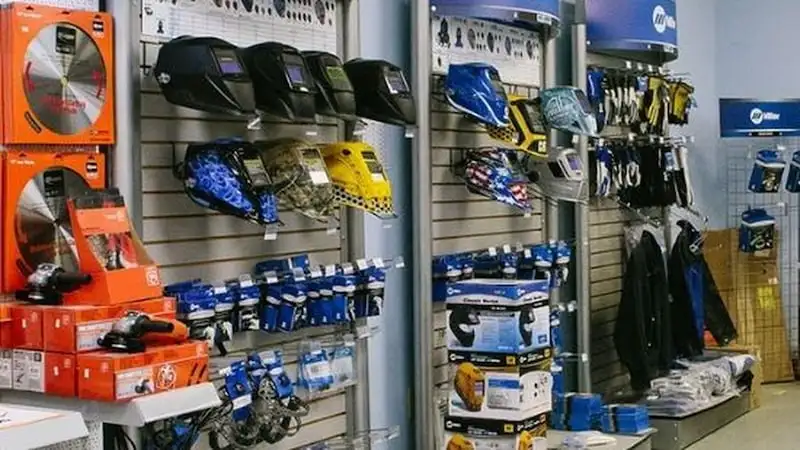
Welding Helmets
Welding Helmets, exemplified by the VEVOR True Color Welding Helmet, offer comprehensive eye and face protection. They come equipped with an auto-darkening filter that adjusts lens darkness based on plasma arc brightness, enhancing visibility and protection. The true color technology in these helmets improves visibility, offering a more natural view and reducing eye strain. A large viewing area is another key feature, providing a wider field of vision for better control and precision in cutting.
Face Shields
Face Shields provide a crucial barrier against debris, sparks, and intense light. They are characterized by their full-face coverage, protecting the entire face, not just the eyes. The lightweight design of these shields ensures comfort and minimizes neck strain during prolonged use. They also boast high impact resistance, guarding against flying particles and debris common in plasma cutting.
H3-Goggles
Goggles are vital for snug and secure eye protection. Their design includes a seal against the eyes, which prevents small particles and harmful radiation from reaching the eyes. They often feature an anti-fog coating to maintain clear vision in varying temperature and humidity conditions. Additionally, these plasma cutter safety glasses provide UV protection, filtering out harmful UV rays from the plasma arc.
Shade Lenses
Shade Lenses are integral to eye protection gear, primarily for filtering out harmful light. They typically offer variable shade levels, allowing users to adjust them based on the intensity of the plasma arc. These lenses also provide protection against ultraviolet and infrared radiation.
OTG Safety Glasses
OTG Safety Glasses (Over-The-Glass) are specially designed for individuals who wear prescription glasses. These safety glasses are made to fit comfortably over regular glasses. They feature a wraparound design, offering side protection against splashes and debris. Lightweight and comfortable for extended wear, OTG safety glasses often come with anti-scratch and anti-fog coatings, ensuring clear vision and durability during use.
Required Shading Standards for Plasma Cutting Operations
Here is a list outlining the minimum and suggested shade numbers for eye protection in plasma cutting applications based on arc current as recommended by ANSI Z49.1:2005:
| Arc Current (Amperes) | Minimum Protective Shade | Suggested Shade Number |
|---|---|---|
| Less than 20 | 4 | 4 |
| 20 – 40 | 5 | 5 |
| 40 – 60 | 6 | 6 |
| 60 – 80 | 8 | 8 |
| 80 – 300 | 8 | 9 |
| 300 – 400 | 9 | 12 |
| 400 – 800 | 10 | 14 |
This table is a practical reference for selecting the proper eye protection to safeguard against the intense light produced during plasma cutting tasks. It’s essential to choose the right shade to prevent eye strain and damage.
Factors to Consider When Choosing Eye Protection for Plasma Cutting
Selecting the right eye protection for plasma cutting is a multi-faceted decision that should be made carefully. Here are key factors to consider:
- Shade Level: As established by ANSI Z49.1:2005, the shade level of your eye protection must correspond to the arc current used in plasma cutting. The higher the amperage, the darker the shade needed to adequately protect your eyes from harmful rays.
- Comfort: Comfort is paramount, especially for tasks that require prolonged periods of work. Look for eye protection that fits well without causing pressure points, has adjustable straps or bands, and is made from materials that won’t irritate your skin.
- Lens Material: The material of the lens affects not just clarity and durability but also safety. Polycarbonate lenses, for example, are impact-resistant and provide a high level of protection from ultraviolet radiation.
- Durability: Durability is critical in environments where the equipment is subjected to rough handling and exposure to extreme conditions. Your eye protection should be made from robust materials that can withstand the rigors of plasma cutting.
- Coverage: Adequate coverage is essential. Eye protection should cover not just the front of your eyes but also the sides, ensuring complete protection from sparks, spatter, and radiation coming from all directions.
- Compatibility with Other PPE: Your eye protection should be compatible with other personal protective equipment (PPE), such as respirators and hearing protection, ensuring that one does not compromise the fit or effectiveness of the other.
Considering these factors will help ensure that the eye protection you choose for plasma cutting will provide the necessary safety, allowing you to focus on the task at hand with peace of mind.

FAQ
When it comes to plasma cutting, there are common questions worth addressing to ensure safety and clarity for operators. Here’s
What Shade of Safety Glasses for Plasma Cutting?
It’s not a one-shade-fits-all situation. The right shade depends on the arc current. For less intense currents, a lighter shade like 4 or 5 does the trick. But when you’re dealing with the big guns, upwards of 300 Amperes, you’ll want to level up to shades 12 to 14. Remember, the goal is to block out the harmful rays without turning your work area into a cave.
Do Welders Go Blind?
Welders are at risk of experiencing eye damage, including the possibility of going blind, if proper safety measures are not followed. The intense light and ultraviolet radiation emitted during welding can cause a condition called “welder’s flash” or “arc eye,” which is a painful inflammation of the cornea and can lead to temporary or even permanent vision impairment if exposure is severe or repeated. Proper safety gear, like shaded helmets, and adherence to safety protocols, greatly reduce these risks. Regular eye exams and updated safety knowledge are also vital for prevention.
How Far Away Can Welding Hurt Your Eyes?
Welding can damage your eyes from a distance of up to 50 feet if unprotected. The intense light and ultraviolet radiation emitted during welding can cause a painful condition known as ‘welder’s flash’ or ‘arc eye.’ It’s crucial to wear appropriate eye protection, even as a bystander, to prevent temporary or permanent eye damage.
Conclusion
Never underestimate the power of proper eye protection in plasma cutting. It’s the difference between keeping your eyesight sharp and running into serious trouble. When using a plasma cutter or welding, always match your shade to the arc’s intensity, keep those goggles or helmets on, and stay safe. After all, the only sparks we want are those flying off the metal, not from our eyes.

